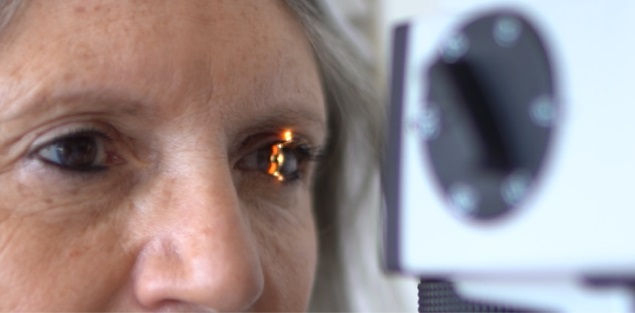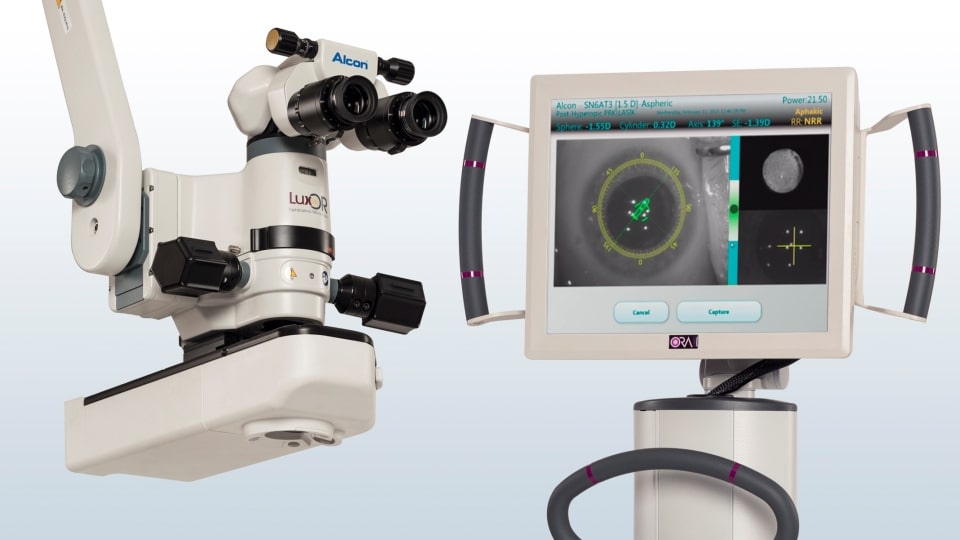Cataracts / Cataracts Surgery
Cataract surgery
Cataract surgery is currently a quick and painless process, effective and with few risks, which consists of removing the opacified lens and replacing it with an intraocular lens.
During this surgery, topical anesthesia is used in the form of drops. In our centers we perform this intervention either through the traditional technique of phacoemulsification, or through a femtosecond laser platform.
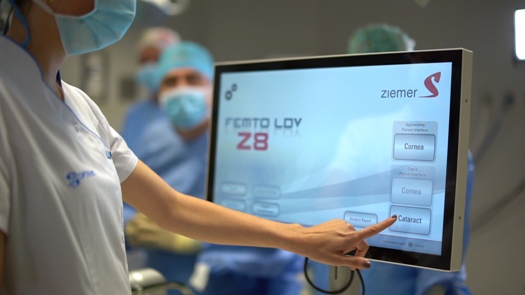
Cataract surgery using phacoemulsification
Phacoemulsification is the most common form of cataract surgery in ophthalmology. It involves making a small microincision using an ultrasound terminal, which enables us to break the nucleus of the cataract into smaller pieces, while leaving the capsule intact and removing the fragments that we’ve produced through suction.
We then insert a foldable synthetic intraocular lens into the capsule, which we will use to try to correct any refractive errors that were present before the surgery:
Since it is a valve incision, sutures are not usually necessary as it closes by itself. The anaesthetic that we use for the majority of cases is topical, which means that we only apply a few eye drops, with no need to prick or inject anaesthetic into the area around the eye.
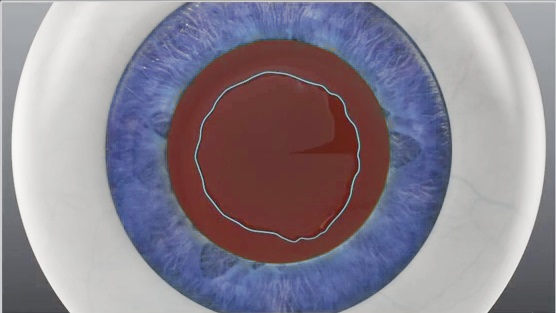
Traditional manual cataract surgery
Laser cataract surgery
We led the way with this technology at Oftalvist, introducing the first femtosecond laser platform in Spain in 2012. We perform cataract surgery with a femtosecond laser, a technology that has revolutionised this surgical procedure.
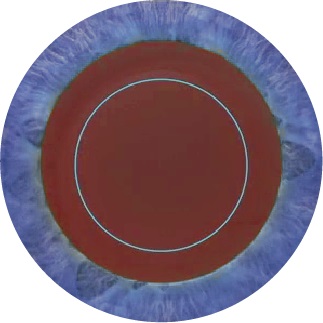
Capsulorhexis: we make a circular opening in the lens capsule.
A laser is ten times more precise than traditional manual surgery for performing this procedure.
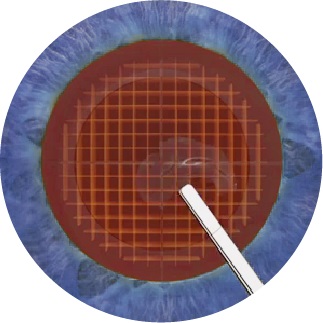
Removal of the opaque crystalline lens: we do this using a femtosecond laser, which is the simplest technique and least harmful for the eye. This technology allows us to soften the cataract using less energy than that used in traditional manual surgery, making the removal process easier and smoother.
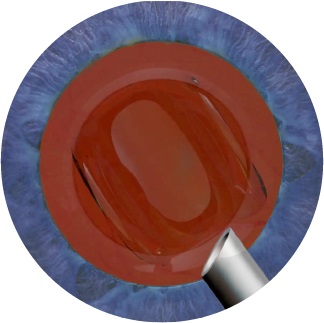
Implanting the intraocular lens chosen by the patient: a popular choice these days is to resolve distance, near or even intermediary vision problems at the same time as removing cataracts, using cutting-edge lenses designed for this purpose.
At Oftalvist we also have an ORA® system. A technology that intraoperatively helps the specialist ophthalmologist to confirm that the lens that has been decided to be implanted is the correct one and is placed on the proper axis to be as accurate as possible. Which translates into an improvement in the visual quality of the patient.
Types of lens for cataract surgery
There are several different lens implants that can be used to replace the opaque crystalline lens or cataract:
Advantages of cataract surgery
→ There is no need for anaesthetic injections or sutures.
→ We don’t need to cover the eye once we’ve finished the operation.
→ You won’t need to stay in hospital.
→ Your vision will recovery quickly.
→ You won’t need many postoperative check-ups.
→ We can correct any refractive errors.
→ No patient will need to stop taking medication.
→ The surgery is not affected by the age of the patient.
Postoperative care after cataract surgery
Postoperative care after cataract surgery is straightforward, as with the surgery itself, which is usually a fast, painless and effective procedure with limited risk. As such, the patient will be able to return to their normal routine in just a few hours. As with any other similar operation, the patient will need to follow certain medical instructions prescribed by their ophthalmologist to ensure their vision is returned quickly and effectively.
Our recommendations:
→ Avoid rubbing your eyes.
→ Stay away from areas with a lot of smoke.
→ Avoid overexerting their eyes for 4 to 5 days after the surgery, to speed up the healing process so they can return to daily activities, such as reading, driving and cooking.
The specialist ophthalmologist will generally advise that the patient apply two types of anti-inflammatory and antibiotic eye drops onto the eyes that have been operated on, starting from the day after the surgery until the day of the postoperative consultation (one drop every 3 hours, while awake). The patient may need to continue applying the eye drops for a while after the postoperative consultation to reduce any risk of inflammation or infection.
Sometimes after cataract surgery, after months or years, you can notice a worsening of vision. However, it is not that the cataract reappears, but rather an opacification of the posterior capsule. It is what specialists call secondary cataract and can be resolved painlessly, quickly and in consultation with a treatment with a YAG laser.



